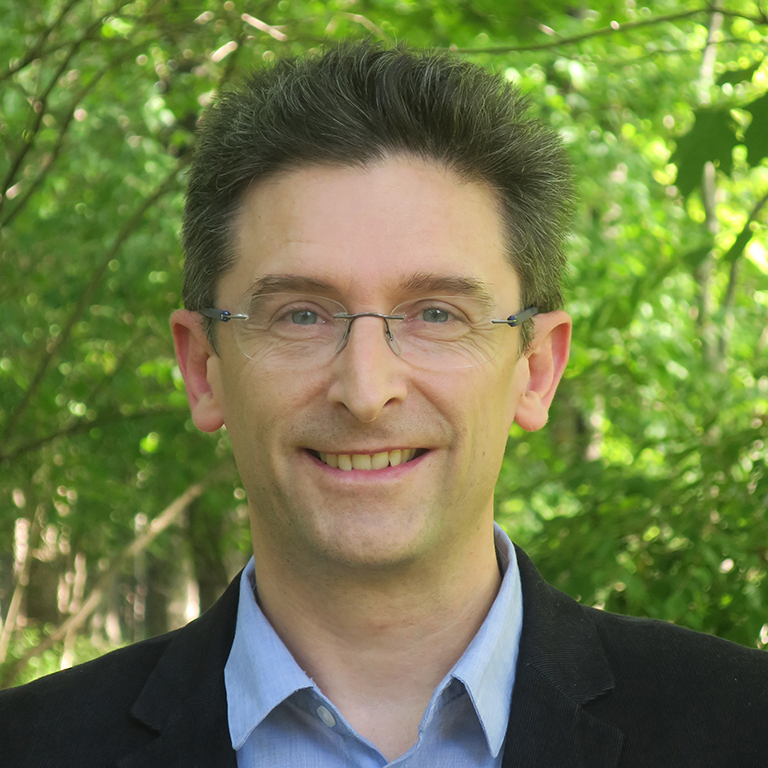- Ph.D., Linguistics, University of Durham, UK, 2005
- M.A., Language Acquisition, University of Durham, UK, 1998
- B.A., Hispanic Studies, University of Manchester, UK, 1991

David Stringer
Associate Professor, Second Language Studies
Director of Undergraduate Studies, Second Language Studies
 The College of Arts
The College of Arts